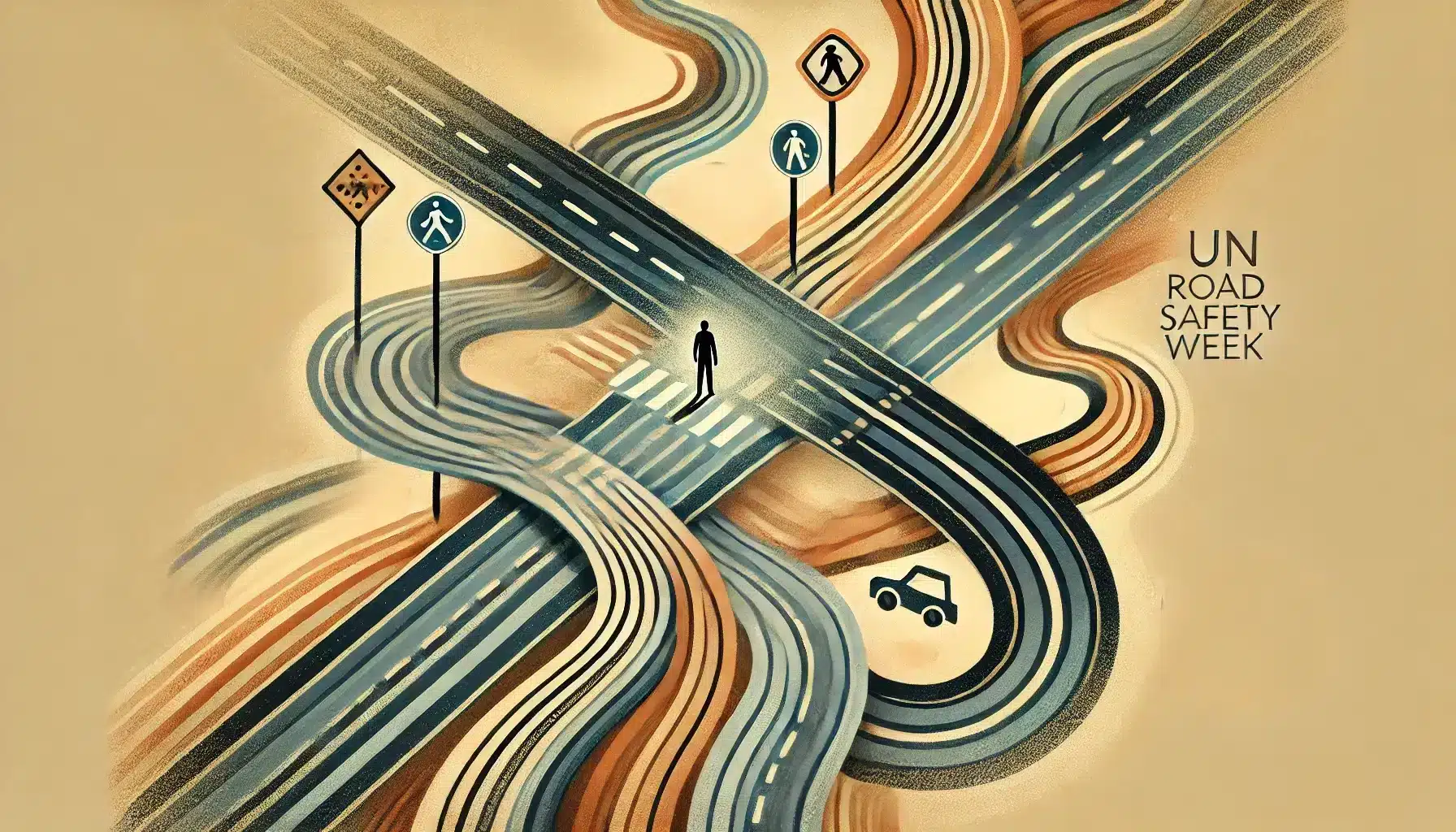What is UN Global Road Safety Week?
UN Global Road Safety Week is a event organized once every two years by the World Health Organization (WHO) to raise awareness about road safety and promote actions to reduce traffic-related deaths and injuries worldwide. It brings together governments, organizations, and communities to advocate for safer roads, improved mobility, and stronger policies to protect all road users.
The event highlights key challenges in road safety, including reckless driving, poor infrastructure, and the need for better pedestrian and cyclist protection. By addressing these issues, UN Global Road Safety Week contributes to the broader goal of making roads safer for everyone.
History and Origin
UN Global Road Safety Week was first established in 2007 by the United Nations General Assembly as part of global efforts to reduce traffic fatalities. The event was designed to draw attention to the growing crisis of road traffic injuries, which remain a leading cause of death worldwide.
Each edition focuses on a specific theme, addressing issues such as speed reduction, pedestrian safety, and sustainable transport. The event has since grown into a global movement, with governments, NGOs, and individuals participating in initiatives to improve road safety.
Who Participates in UN Global Road Safety Week?
- Governments and policymakers: Implement and advocate for stronger road safety laws and policies.
- Non-governmental organizations (NGOs): Organize awareness campaigns and educational programs.
- Educational institutions: Teach road safety in schools and host student-led safety initiatives.
- Private sector companies: Support road safety programs and promote safe driving practices among employees.
- General public: Engage in activities that promote responsible driving, cycling, and pedestrian safety.
Slogans and Themes
Each UN Global Road Safety Week focuses on a specific theme that addresses a pressing road safety issue. Past themes have included speed management, pedestrian safety, and sustainable transport.
Common slogans include streets for life, rethink mobility, and safe roads save lives. These messages emphasize the importance of creating safer road environments for everyone, especially vulnerable road users such as pedestrians and cyclists.
Colors, Symbols, and Patterns
Colors
- Yellow: Represents caution and awareness in road safety.
- Red: Symbolizes urgency and the need for immediate action to prevent traffic-related injuries and deaths.
- Black and white: Often associated with pedestrian safety and road markings.
Symbols
- Traffic signs: Represent the importance of obeying road safety rules.
- Pedestrian crossings: Highlight the need for safer walkways and urban planning.
- Seatbelt icon: Encourages responsible driving habits and passenger safety.
Patterns
- Road markings: Emphasize the importance of clear and safe road infrastructure.
- Zebra crossings: Symbolize pedestrian safety and the right to safe mobility.
- Arrows and direction signs: Represent proper traffic flow and responsible road behavior.
Most Used Hashtags
- #RoadSafetyWeek
- #UNGRSW
- #StreetsForLife
- #RethinkMobility
- #SafeRoadsSaveLives
How to Participate in UN Global Road Safety Week
- Organize community events: Host workshops, seminars, or road safety drills to educate the public.
- Advocate for policy changes: Work with local authorities to improve road safety infrastructure and laws.
- Promote safe behaviors: Share road safety tips on social media to encourage responsible driving, cycling, and walking.
- Engage schools: Implement road safety education programs for students.
- Support victims: Participate in initiatives that assist road traffic injury survivors and their families.
Why is UN Global Road Safety Week Important?
Road traffic injuries are one of the leading causes of death worldwide, with nearly 1.2 million fatalities and up to 50 million injuries annually. Young people, cyclists, and pedestrians are particularly vulnerable. UN Global Road Safety Week provides a platform to mobilize stakeholders, promote evidence-based solutions, and push for policies that create safer roads for everyone.
The event also aligns with the broader goal of the United Nations Decade of Action for Road Safety, which aims to reduce global road traffic deaths and injuries by 50%. By participating in this initiative, individuals and organizations contribute to a world where roads are safer and mobility is more sustainable.
Features
Contact Info
Second Week of May: UN Road Safety Week
Why do you keep falling for the same type?
Read the article Lovemaps: the hidden blueprint of our love.

